Prison Reform

Crimes: supervised release.
Requires courts to review supervised release status when offenders violate terms three times and commit new crimes. Mandates county agencies to file detailed violation reports including offender history and recommendations. Limits jail confinement periods to 180 days for each supervision violation. Sets a three-year maximum supervision period from the initial release date.
Crimes: supervised release.

Requires courts to review supervised release status when offenders violate terms three times and commit new crimes. Mandates county agencies to file detailed violation reports including offender history and recommendations. Limits jail confinement periods to 180 days for each supervision violation. Sets a three-year maximum supervision period from the initial release date.
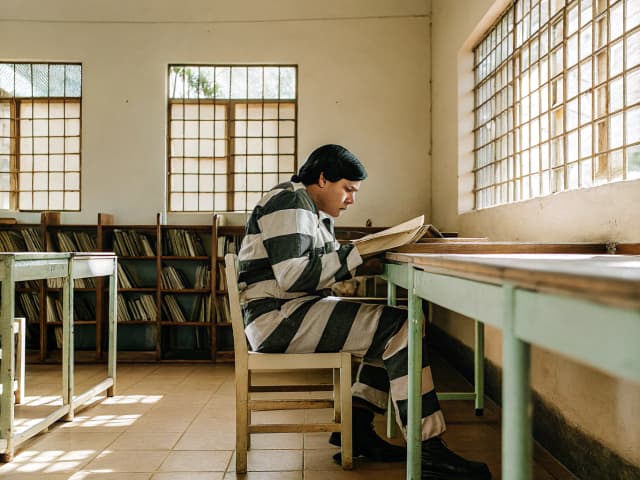
The Youth Rehabilitation and Opportunity Act.
Expands parole eligibility to offenders who committed crimes at age 25 or younger after serving 25 years. Requires completion of all youth offender parole hearings by January 2028. Excludes certain serious crimes like hate-motivated murder and domestic violence from eligibility. Mandates consideration of youth factors and growth in parole decisions.
The Youth Rehabilitation and Opportunity Act.

Expands parole eligibility to offenders who committed crimes at age 25 or younger after serving 25 years. Requires completion of all youth offender parole hearings by January 2028. Excludes certain serious crimes like hate-motivated murder and domestic violence from eligibility. Mandates consideration of youth factors and growth in parole decisions.
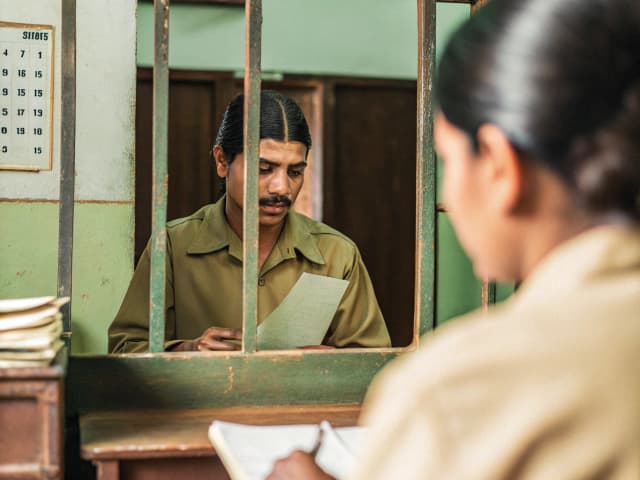
Inmate release: notice to victims.
Extends the advance notice period for victim notification of inmate release from 15 to 20 days. Requires victims to maintain current contact information to receive notifications about offender release. Allows victims to choose their preferred method of notification including phone, mail, or certified mail. Mandates notification for releases due to time served, parole, probation, or escape from facilities.
Inmate release: notice to victims.

Extends the advance notice period for victim notification of inmate release from 15 to 20 days. Requires victims to maintain current contact information to receive notifications about offender release. Allows victims to choose their preferred method of notification including phone, mail, or certified mail. Mandates notification for releases due to time served, parole, probation, or escape from facilities.
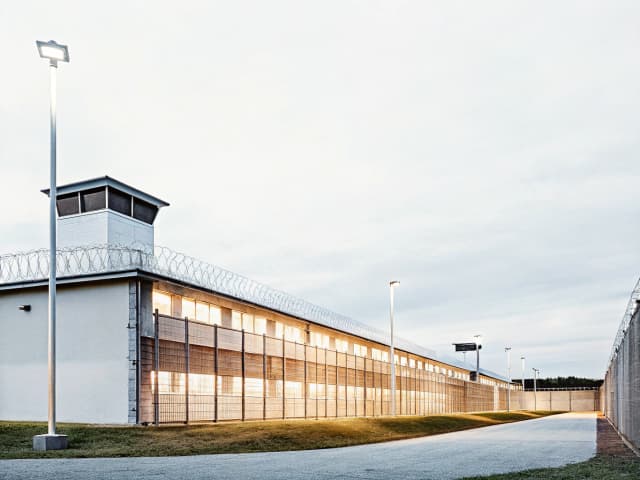
Housing preferences.
Restricts prison housing preferences for transgender inmates who committed specific crimes against opposite-gender victims. Requires housing assignments based on anatomy for inmates convicted of violent crimes like murder, rape, or trafficking. Mandates written justification from prison officials when denying an inmate's housing preference. Requires regular safety assessments and documentation of inmates' objections to housing decisions.
Housing preferences.

Restricts prison housing preferences for transgender inmates who committed specific crimes against opposite-gender victims. Requires housing assignments based on anatomy for inmates convicted of violent crimes like murder, rape, or trafficking. Mandates written justification from prison officials when denying an inmate's housing preference. Requires regular safety assessments and documentation of inmates' objections to housing decisions.

Postrelease community supervision.
Establishes expanded postrelease supervision coordination with CalAIM integration. Requires 90-day written and verbal notice of release date to the county probation department. Requires sharing prerelease, postrelease, and enhanced care manager contacts. Requires coordination to determine current county of residence and arrange transport.
Postrelease community supervision.

Establishes expanded postrelease supervision coordination with CalAIM integration. Requires 90-day written and verbal notice of release date to the county probation department. Requires sharing prerelease, postrelease, and enhanced care manager contacts. Requires coordination to determine current county of residence and arrange transport.

Prisons: clearances.
Expands eligibility to include legal professionals and attorney support personnel. Renames clearances to annual gate clearance, short-term gate clearance, and statewide gate clearance. Gives the Governor, cabinet, lawmakers, staff, and judges short-term gate access on request. Requires fingerprints for annual and statewide clearances and sets 30-day decisions and 90-day appeals.
Prisons: clearances.

Expands eligibility to include legal professionals and attorney support personnel. Renames clearances to annual gate clearance, short-term gate clearance, and statewide gate clearance. Gives the Governor, cabinet, lawmakers, staff, and judges short-term gate access on request. Requires fingerprints for annual and statewide clearances and sets 30-day decisions and 90-day appeals.

Corrections and rehabilitation: state policy.
Establishes normalization and dynamic security as core corrections aims. Directs CDCR to maintain a normalization mission and train staff. Adds a new section codifying personal growth, normalization, and access to community programs. Includes retroactive recall/resentencing provisions for certain cases.
Corrections and rehabilitation: state policy.

Establishes normalization and dynamic security as core corrections aims. Directs CDCR to maintain a normalization mission and train staff. Adds a new section codifying personal growth, normalization, and access to community programs. Includes retroactive recall/resentencing provisions for certain cases.
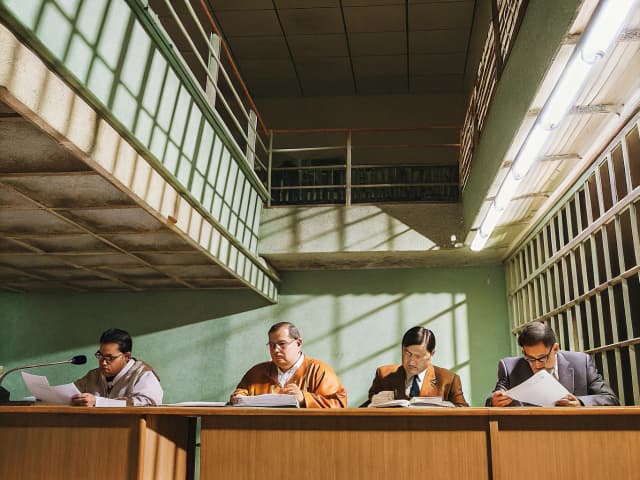
Parole: revocation.
Grants courts new authority to decide if parole violators return to state prison or serve time in county jail. Establishes a two-year parole term for determinate sentences with possible discharge after 12 months. Sets a three-year parole term for life sentences with mandatory reviews at 12 and 24 months. Exempts registered sex offenders from these new parole term limits and review timelines.
Parole: revocation.

Grants courts new authority to decide if parole violators return to state prison or serve time in county jail. Establishes a two-year parole term for determinate sentences with possible discharge after 12 months. Sets a three-year parole term for life sentences with mandatory reviews at 12 and 24 months. Exempts registered sex offenders from these new parole term limits and review timelines.
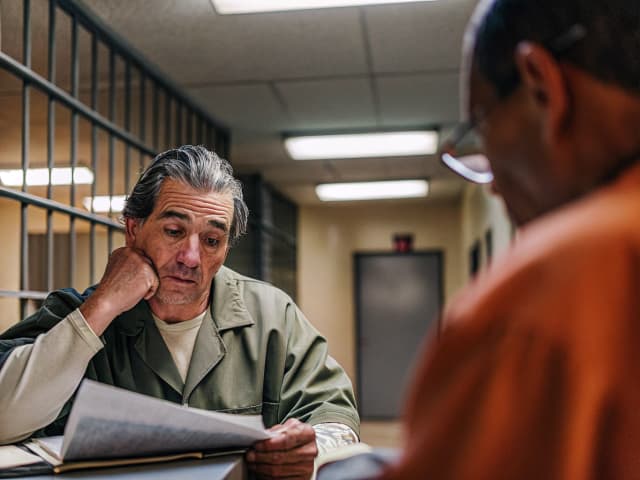
Prisons: elderly employment.
Allows inmates aged 55 or older and those with disabilities to choose whether to work or retire from prison labor. Prohibits prisons from punishing inmates who choose to reduce their work hours or stop working. Applies to both state prisons and county jails, including work on public projects and fire prevention.
Prisons: elderly employment.

Allows inmates aged 55 or older and those with disabilities to choose whether to work or retire from prison labor. Prohibits prisons from punishing inmates who choose to reduce their work hours or stop working. Applies to both state prisons and county jails, including work on public projects and fire prevention.
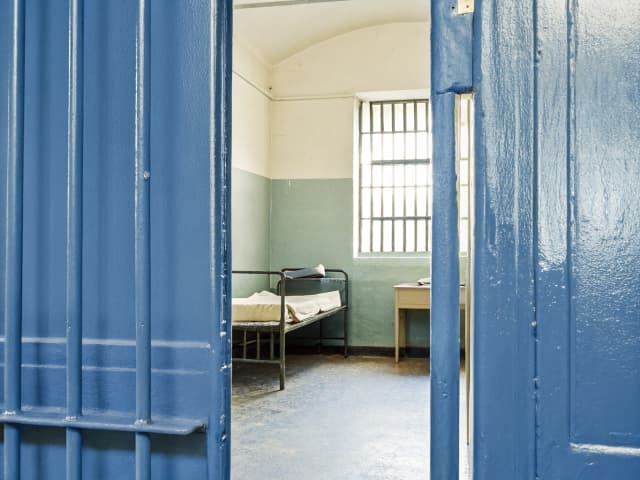
Single-Occupancy Cell Pilot Program.
Establishes a voluntary pilot program to house 10% of inmates in single-occupancy cells at four state prisons by 2027. Requires the Department of Corrections to select facilities and create eligibility criteria for single-cell housing. Mandates detailed reporting on violence rates, program participation, and outcomes by March 2028. Prohibits new prison construction and excludes women's prisons and medical facilities from the program.
Single-Occupancy Cell Pilot Program.

Establishes a voluntary pilot program to house 10% of inmates in single-occupancy cells at four state prisons by 2027. Requires the Department of Corrections to select facilities and create eligibility criteria for single-cell housing. Mandates detailed reporting on violence rates, program participation, and outcomes by March 2028. Prohibits new prison construction and excludes women's prisons and medical facilities from the program.
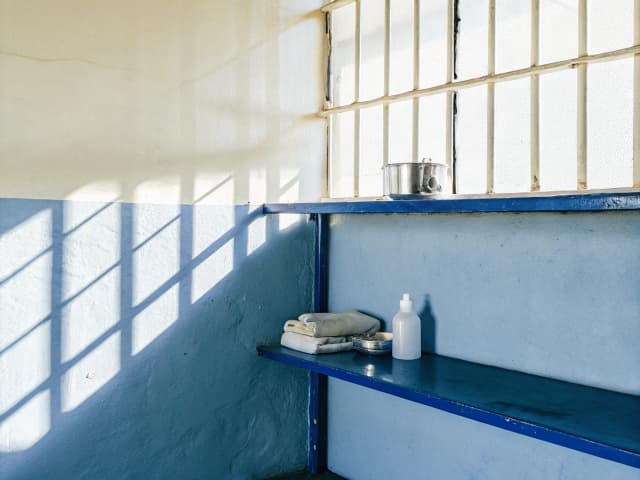
County detention: juvenile facilities: commissary.
Requires juvenile detention facilities to provide free hygiene products to indigent youth detainees. Prohibits using access to hygiene products as a disciplinary measure or reward. Mandates the discharge of all hygiene product debts accrued before January 1, 2026. Defines indigent status as having $25 or less in trust accounts over seven days.
County detention: juvenile facilities: commissary.

Requires juvenile detention facilities to provide free hygiene products to indigent youth detainees. Prohibits using access to hygiene products as a disciplinary measure or reward. Mandates the discharge of all hygiene product debts accrued before January 1, 2026. Defines indigent status as having $25 or less in trust accounts over seven days.

People with disabilities: pilot civil service apprenticeship program: environmental service technicians: correctional facilities.
Establishes a pilot apprenticeship program for people with disabilities to work as environmental technicians in state prisons. Requires six state agencies to jointly develop and launch the program by July 1, 2026. Addresses workforce barriers faced by Californians with disabilities who face 7.2% unemployment.
People with disabilities: pilot civil service apprenticeship program: environmental service technicians: correctional facilities.

Establishes a pilot apprenticeship program for people with disabilities to work as environmental technicians in state prisons. Requires six state agencies to jointly develop and launch the program by July 1, 2026. Addresses workforce barriers faced by Californians with disabilities who face 7.2% unemployment.

Corrections: rehabilitation space.
Requires annual reports on prison educational space availability and usage starting January 2028. Mandates tracking of convertible spaces that could be used for academic and vocational programs. Establishes prison-specific reporting of space deficits or surpluses for educational programs.
Corrections: rehabilitation space.

Requires annual reports on prison educational space availability and usage starting January 2028. Mandates tracking of convertible spaces that could be used for academic and vocational programs. Establishes prison-specific reporting of space deficits or surpluses for educational programs.
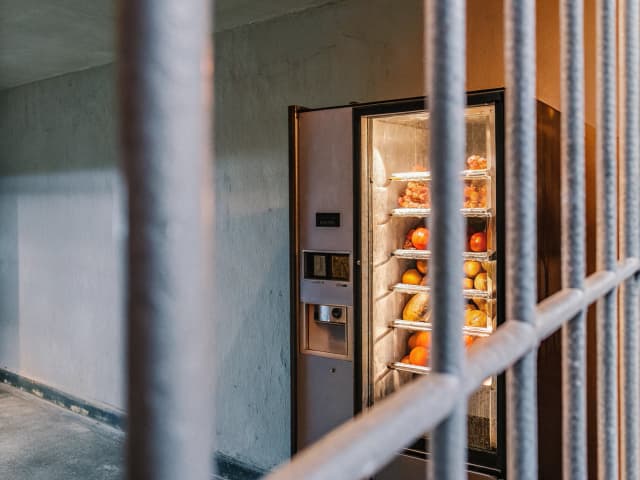
State prisons: food.
Requires prison vending machine food prices to match average retail prices in the surrounding community. Mandates consideration of obesity research when selecting prison food offerings. Promotes sourcing fresh and nutritious food items from local farmers for prison vending machines.
State prisons: food.

Requires prison vending machine food prices to match average retail prices in the surrounding community. Mandates consideration of obesity research when selecting prison food offerings. Promotes sourcing fresh and nutritious food items from local farmers for prison vending machines.
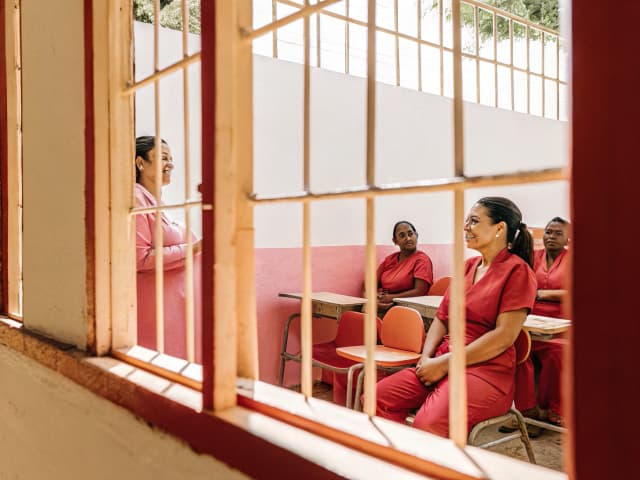
Prisons: facilities for female offenders.
Establishes a new Division of Female Programs and Services to oversee all women's prisons and rehabilitation programs. Requires prison staff working with female inmates to complete 40 hours of specialized gender-responsive training. Creates a Gender Responsive Strategies Commission to develop partnerships and oversee women-centered corrections. Mandates an ombudsperson dedicated solely to women's prisons to address concerns and oversight.
Prisons: facilities for female offenders.

Establishes a new Division of Female Programs and Services to oversee all women's prisons and rehabilitation programs. Requires prison staff working with female inmates to complete 40 hours of specialized gender-responsive training. Creates a Gender Responsive Strategies Commission to develop partnerships and oversee women-centered corrections. Mandates an ombudsperson dedicated solely to women's prisons to address concerns and oversight.

Sexually violent predators: schools.
Prohibits placing conditionally released sexually violent predators within a quarter mile of child daycare facilities. Requires coordination between law enforcement and county officials to secure appropriate housing placements. Defines private schools as facilities that filed affidavits with the State Department of Education. Allows courts to impose sanctions on officials who fail to participate in placement planning meetings.
Sexually violent predators: schools.

Prohibits placing conditionally released sexually violent predators within a quarter mile of child daycare facilities. Requires coordination between law enforcement and county officials to secure appropriate housing placements. Defines private schools as facilities that filed affidavits with the State Department of Education. Allows courts to impose sanctions on officials who fail to participate in placement planning meetings.
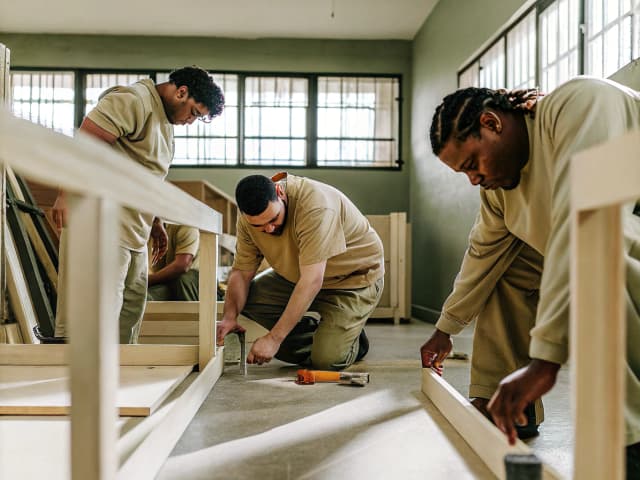
Inmate Cooperative Program.
Establishes a new prison program allowing inmates to form and operate worker cooperatives within state facilities. Requires cooperatives to contribute 40% of inmate wages to a reentry fund supporting post-release opportunities. Mandates that prison cooperatives focus on environmentally sustainable industries and products. Provides inmates with training in financial literacy and business management while earning minimum wage.
Inmate Cooperative Program.

Establishes a new prison program allowing inmates to form and operate worker cooperatives within state facilities. Requires cooperatives to contribute 40% of inmate wages to a reentry fund supporting post-release opportunities. Mandates that prison cooperatives focus on environmentally sustainable industries and products. Provides inmates with training in financial literacy and business management while earning minimum wage.
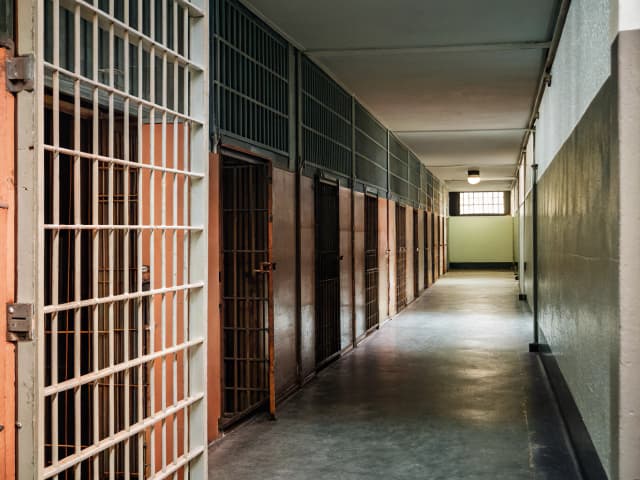
Corrections: solitary confinement.
Mandates a comprehensive study of solitary confinement use in all California detention facilities during 2026. Requires facilities to report detailed data on each instance of solitary confinement to the Department of Justice. Establishes monthly public reporting requirements with a final comprehensive report due November 1, 2026. Expires January 1, 2028 unless renewed by the Legislature.
Corrections: solitary confinement.

Mandates a comprehensive study of solitary confinement use in all California detention facilities during 2026. Requires facilities to report detailed data on each instance of solitary confinement to the Department of Justice. Establishes monthly public reporting requirements with a final comprehensive report due November 1, 2026. Expires January 1, 2028 unless renewed by the Legislature.

Sexually violent predators: transitional housing facilities: report.
Requires DOSH to analyze transitional housing for conditional release. Requires a report to the Legislature by January 1, 2027. Does not modify existing conditional release placement rules. Declares the act an urgency statute with immediate effect.
Sexually violent predators: transitional housing facilities: report.

Requires DOSH to analyze transitional housing for conditional release. Requires a report to the Legislature by January 1, 2027. Does not modify existing conditional release placement rules. Declares the act an urgency statute with immediate effect.

Sexually violent predators.
Requires state approval before sexually violent predators can be placed in community housing. Mandates vendors prioritize public safety when selecting housing for released offenders. Takes effect immediately as an urgent public safety measure.
Sexually violent predators.

Requires state approval before sexually violent predators can be placed in community housing. Mandates vendors prioritize public safety when selecting housing for released offenders. Takes effect immediately as an urgent public safety measure.
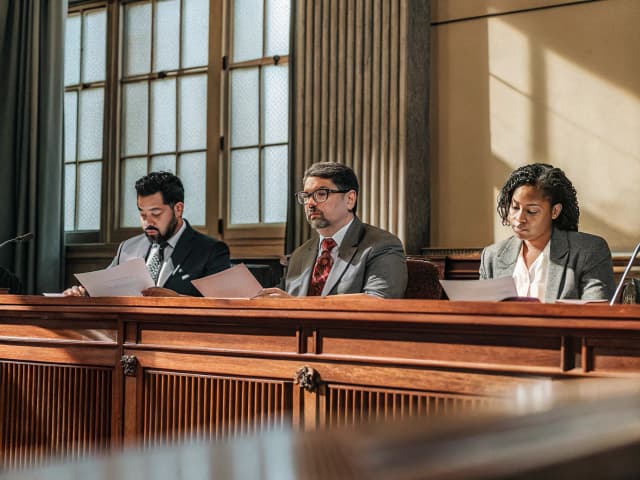
Parole hearings: use of photographs.
Requires parole boards to review crime scene, autopsy, and weapon photographs during life sentence parole hearings. Mandates documentation that all photographs and recommendations were considered in parole decisions. Maintains the minimum seven-year imprisonment requirement before parole eligibility for life sentences.
Parole hearings: use of photographs.

Requires parole boards to review crime scene, autopsy, and weapon photographs during life sentence parole hearings. Mandates documentation that all photographs and recommendations were considered in parole decisions. Maintains the minimum seven-year imprisonment requirement before parole eligibility for life sentences.
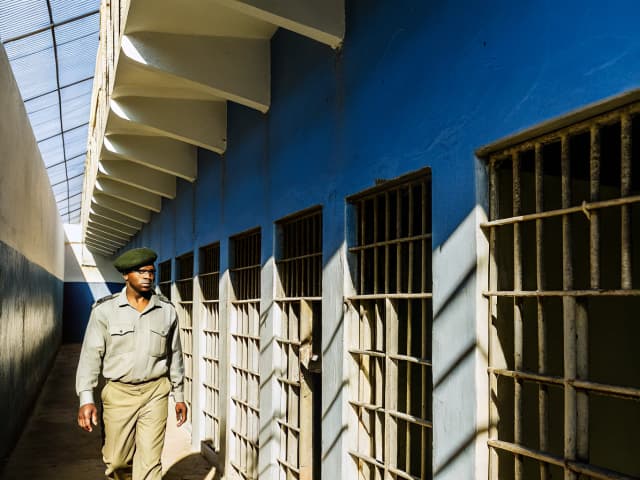
Prisons.
Establishes a zero-tolerance policy for sexual misconduct in state prisons with mandatory termination for violations. Requires correctional officers to wear body cameras and document when and why they are deactivated. Grants inmates the right to request an advocate during body searches and medical appointments. Extends the inmate grievance filing period from 60 to 120 days and allows anonymous reporting of sexual violence.
Prisons.

Establishes a zero-tolerance policy for sexual misconduct in state prisons with mandatory termination for violations. Requires correctional officers to wear body cameras and document when and why they are deactivated. Grants inmates the right to request an advocate during body searches and medical appointments. Extends the inmate grievance filing period from 60 to 120 days and allows anonymous reporting of sexual violence.
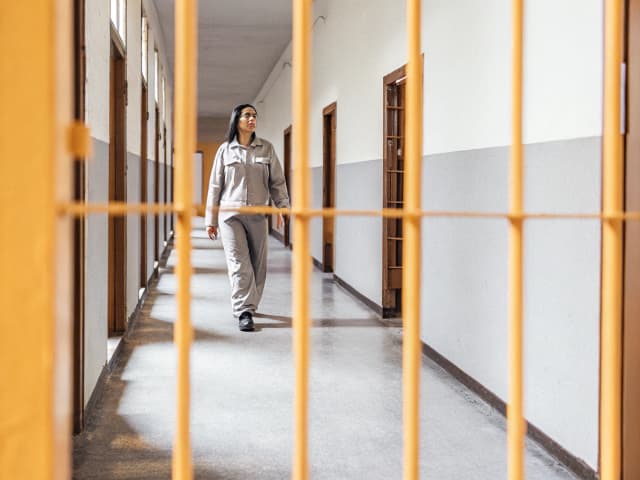
Correctional facilities: women’s prisons.
Requires California women's prisons to create separate secure facilities for housing transgender inmates. Mandates separate sleeping and intimate areas to address security needs of biological female inmates. Prohibits sex offenders from being housed in women's prisons unless they are biological females.
Correctional facilities: women’s prisons.

Requires California women's prisons to create separate secure facilities for housing transgender inmates. Mandates separate sleeping and intimate areas to address security needs of biological female inmates. Prohibits sex offenders from being housed in women's prisons unless they are biological females.
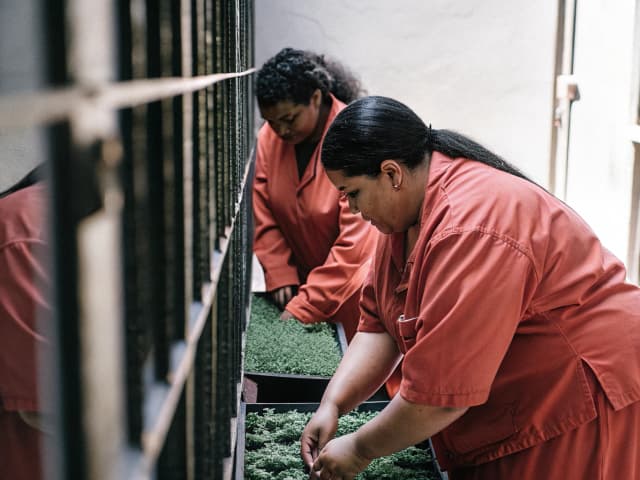
Prisons and jails: employment of inmates.
Transitions California prison work from mandatory to voluntary programs starting January 2027. Requires local governments to set wages for jail work programs through ordinances. Authorizes CDCR to establish compensation rates for state prison work assignments. Mandates that inmate wages be included when calculating costs of prison work program services.
Prisons and jails: employment of inmates.

Transitions California prison work from mandatory to voluntary programs starting January 2027. Requires local governments to set wages for jail work programs through ordinances. Authorizes CDCR to establish compensation rates for state prison work assignments. Mandates that inmate wages be included when calculating costs of prison work program services.
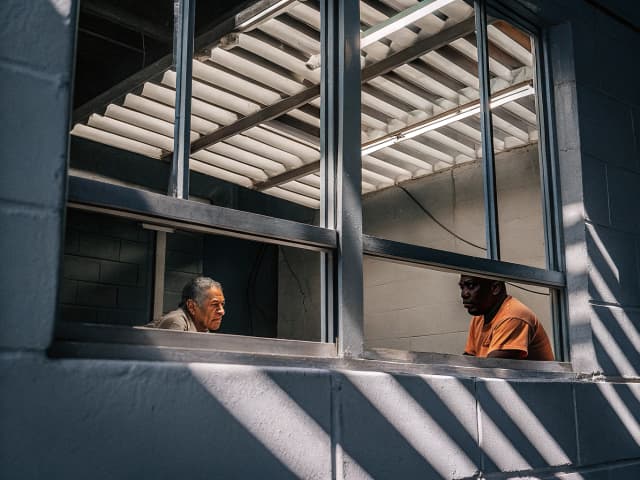
Elderly Parole Program.
Excludes sex offenders and habitual sex offenders from the Elderly Parole Program starting January 1, 2026. Applies to inmates aged 50 or older who have served at least 20 years of continuous incarceration. Maintains existing exclusions for serious felonies and murder of peace officers. Applies retroactively to all eligible inmates regardless of prior parole petition status.
Elderly Parole Program.

Excludes sex offenders and habitual sex offenders from the Elderly Parole Program starting January 1, 2026. Applies to inmates aged 50 or older who have served at least 20 years of continuous incarceration. Maintains existing exclusions for serious felonies and murder of peace officers. Applies retroactively to all eligible inmates regardless of prior parole petition status.